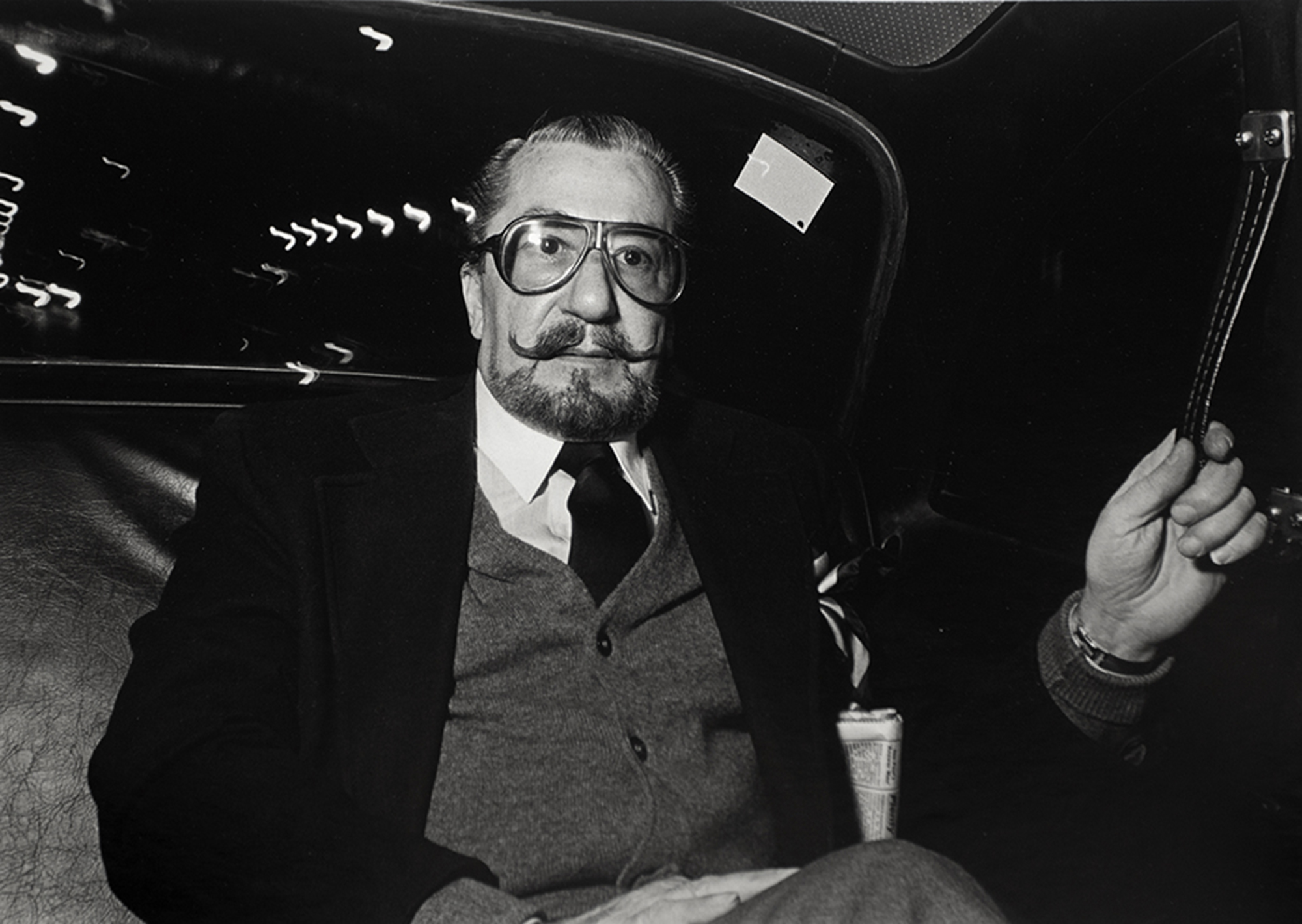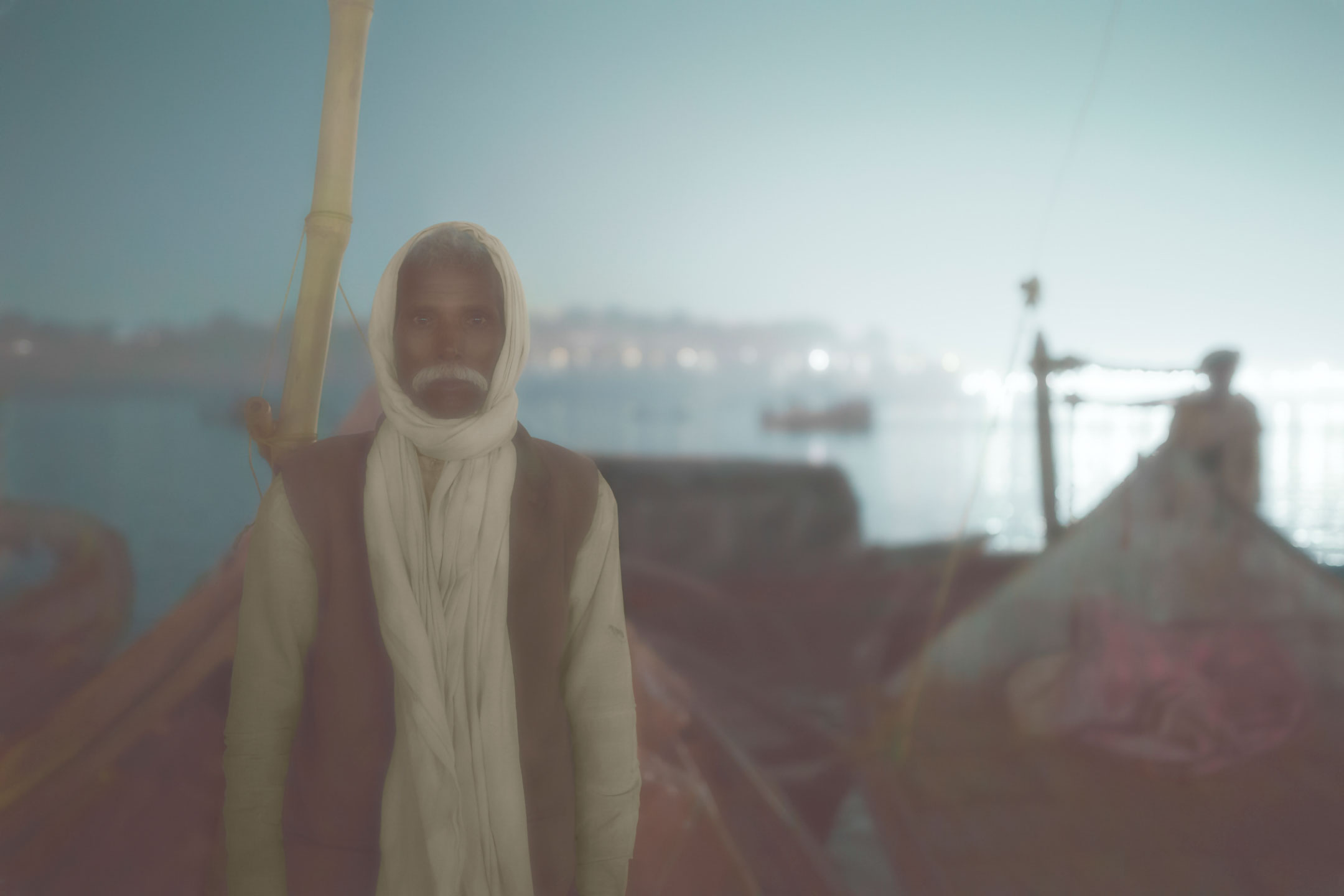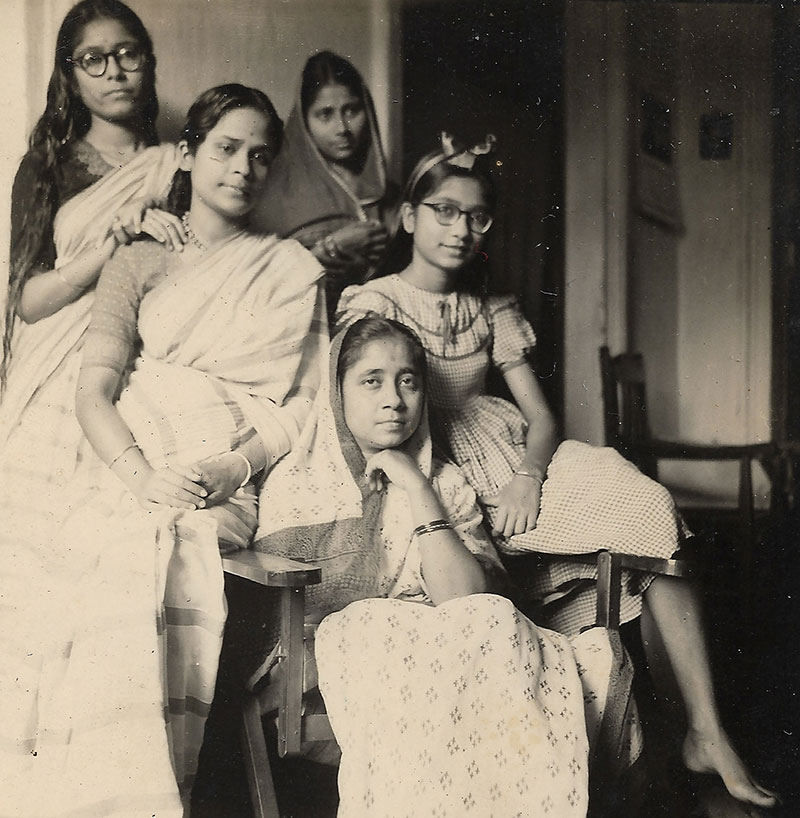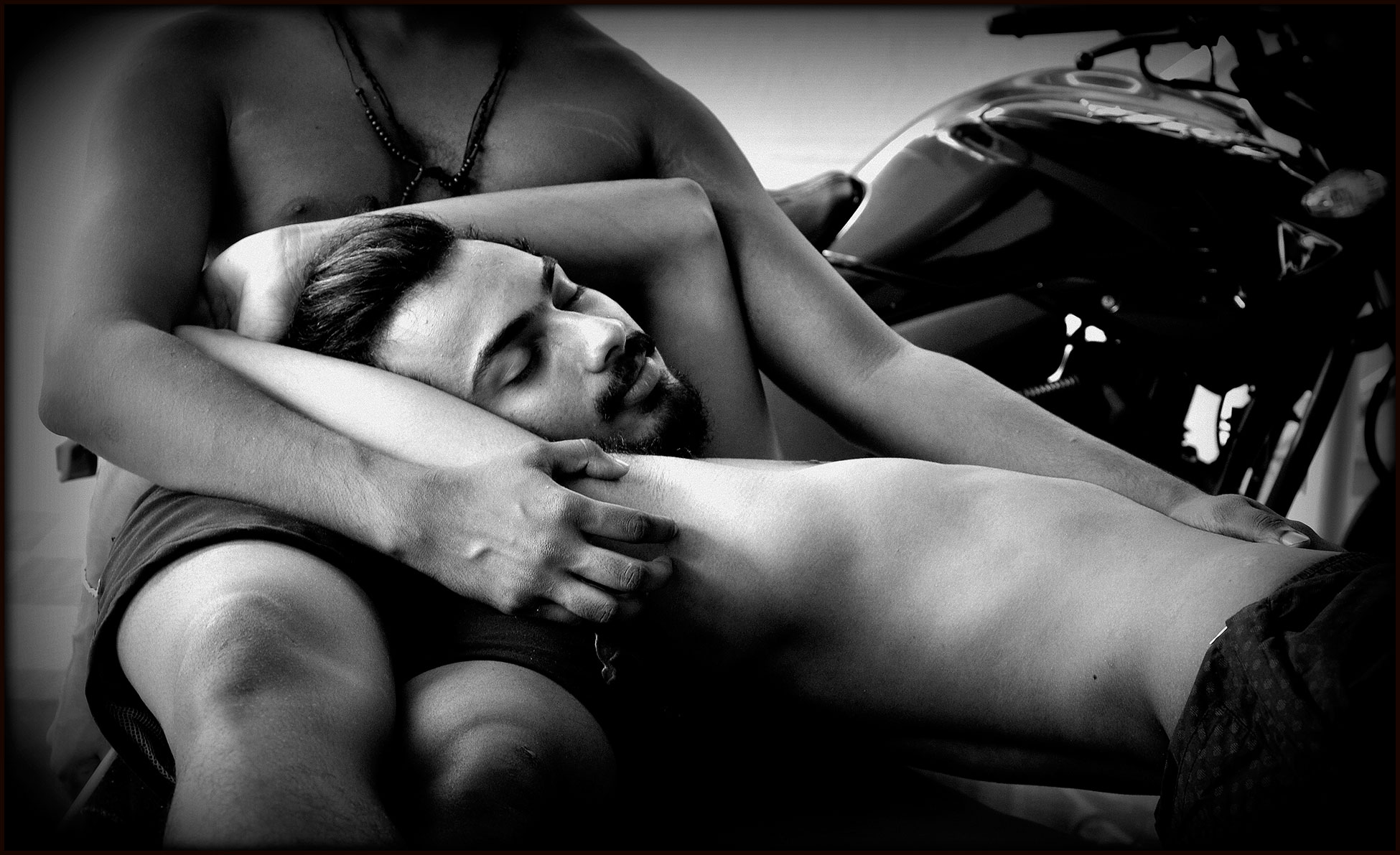Zoom In
Portfolio Review
PhotoMail constructively and
Critically zooms into
The life and work of photographers
Its art and techniques
Contemporary theory
Aesthetics, material philosophy and
Sociology

In my taxi © Ryan Weiderman
In my taxi, when a photo artist becomes a cab driver
Is there a set trajectory for the seed of inspiration to shoot up/sprout? Is there a pre-determined moment that crumbles the earth beneath to push one forward? Or, could inspiration be making its presence explicit in every caressing wind, the silence of the beloved, and words of a stranger? Then, what matters is whether we choose to listen to that gentle nudge or not. Those who listened and followed the life-changing urge and restlessness have always made an undeletable mark.
For photographer Ryan Weideman, it was a film that cleaved open a new path and destination. Midnight Express, a nerve-wracking film that tells the true story of Billy Hayes, a young American who, after being caught smuggling hashish, escapes from a Turkish jail and lives to tell the tale. Weideman could not shake the idea of moving to New York. Uprooting from his home city California wasn’t an easy decision. But, the sentence, “If Billy Hayes could, why not me?,” became his single mantra. It took whole years after watching the film, and in 1980 Ryan Weideman landed in New York City.

In my taxi © Ryan Weiderman
Weideman had completed MFA from the California College of Arts & Crafts, and the initial plan was to take up a job related to his studies, as a photographer, perhaps. But, that was not in store for Weideman. It was not offered on a silver plate. He anyway was prepared for the adventure ahead. After living with a friend for the first month and a half, Weideman found a 200-square-foot apartment in Times Square when ‘The Deuce’, as it was nicknamed, was home to pushers and prostitutes, sex palaces and porn theatres, hustlers and three-card monte dealers.
It was a perfect place to be. 1970s Manhattan was an outlaw town riddled with violence and crime. It became a magnet for fearless spirits who lived life on their terms. Although Weideman had taken visual cues from film noir throughout his life, it was the work of photographers William Klein, Diane Arbus, Joel Meyerowitz, and Robert Frank that made him aware that something spectacular was happening in New York. Weideman saw this as an opportunity, but then, there were other immediate concerns. Day-to-day survival, paying the rent and all wasn’t easy. When Weideman’s neighbor, a taxi driver, took him on a ride, the path ahead became crystal clear. Weideman decided to be a driver – he could be an active part of the nightlife of Manhattan. What’s more, he can get to meet different people. Within a week, he started taking his camera along and started photographing his clients.

In my taxi © Ryan Weiderman
Weideman’s outgoing personality was an ice-breaker. Almost everyone agreed to be photographed – at times, he did photograph without the knowledge of his customers. There are also several photographs in which Weideman included himself in the frame – much before selfie culture had swept the world insane. One eye on the road, another on the camera, Weideman made thousands of images, for almost 30 years. During weekends, he converted the backseat into a makeshift studio and invited those who were willing to pose for him.
What motivated Weideman to keep going? The answer to this is also an important quality that makes his photographs intriguing. He continued shooting even though he was not exhibiting nor getting into any sort of limelight until the mid-90s. Passion for the medium, of course. But there is more. Weideman was documenting his life. The people he had met and served are his subjects. It is a narration of his life. As a collection, the autobiographical document becomes an extension of the social life of Manhattan. He often takes the photograph after interacting with his customers, and that is the uniqueness of his images. It is this singular quality, the connection he had with his subjects that sets his works apart from other street photographers.

In my taxi © Ryan Weiderman
Weideman has Interesting anecdotes and memorable recollections about each of his subjects and often recognizes them when their path crossed again. Never the hesitant one to strike a conversation, often he would stop them and jubilantly inquire whether they remember being photographed. For those who are willing, he would take a print-out and hand them over.
Persistence and patience never betray. In My Taxi: New York After Hours, Ryan Weideman’s photobook was published by Running Press in 1993. The book has since become a collector’s item, selling at over £1,200 on Amazon. Ryan Weideman’s work is in the collections of many prestigious institutions including the Brooklyn Museum, the Oakland Museum, and the Art Institute of Chicago. Weideman’s awards include Guggenheim Fellowship Grant (1992-1993), a New York Foundation for the Arts Fellowship (1986-1987), and an NEA Fellowship Grant.

In my taxi © Ryan Weiderman
81-year-old Weideman is still living in the same apartment just beside ‘The Deuce’, Weideman is in a reflective phase of life. He only stopped driving cabs in 2016. Now, he’s working on two books – “not only taxis but taxi driver portraits” – and is keen to immortalize his experiences in print. “Stories,” is what he plans to write. “I heard eight million stories! Stories! I picked up everybody in New York at least once so I heard eight million stories! Stories!”, Weidman had said in an interview.
There is no stopping for Weideman. The adage, the cab driver who photographed the nightlife of New York has now become a popular tagline and for years to come, he would be remembered for his spontaneous, quirky, and powerful visual narratives.
One can’t stop imagining the gap in the world of Indian Photography. There is much scope for such offbeat narrations. Often, we are interested in telling other’s stories. But, telling one’s own story makes all the difference. A farmer, a cab driver, a teacher, a dancer, everyone can become their storytellers.

Tulsi Swarna Lakshmi is an independent writer and filmmaker. She has more than a decade of experience working with leading National and International Non-Government Organisations in India, Africa, and South America. She is the Founder Managing Trustee of Ekalokam Trust for Photography and the Executive Editor of PhotoMail.
Published on December 19, 2021
Share
Related Articles

In my taxi, when a photo artist becomes a cab driver
What motivated Weideman to keep photographing? The answer to this is also an important quality that makes his photographs intriguing. He continued shooting even though he was not exhibiting nor getting into any sort of limelight until the mid-90s. Passion for the medium, of course. But there is more.

Mallaahs, the boatmen of Gangetic geography, A Photo Art series by Shibu Arakkal
Review of Mallahs, the boat of Gangetic geography, photographic series of Shibu Arakkal. For several hundred years these boatmen on the Ganga and the Yamuna have handed down their oars from father to son. I was intensely drawn to the purpose of their lives, to carry people back and forth on these rivers. Almost married to their boats, these men. To live almost all of their lives on these wooden vessels, going about their worldly chores and belonging to a tribe of menfolk, they pride themselves on being the real caretakers of these mystical rivers. Almost as if they are born on these boats and just as possibly may breath their last on it, the Mallaah men live lives removed from their families and children.
In search of the lost home
Across the world there are ongoing attempts to construct a ‘people’s history’ through photographs. Memory Projects, they are fondly called, focus mainly on the pre-digital era when photography was not as common as today. Bengali photographer Anandarup Goswami’s photography series ‘A Home of No Return’, though not directly linked with any memory project, shows certain resemblances with the latter’s style, and yet carries its own soul. A Home of No Return visually narrates the past and the present through a mixture of faded and fresh photographs.
Homomorphism II
The LGBTQ community has found for itself public spaces in urban regions. We will wait and see what they want to tell the world from that space. After all, solidarity with the cause does not mean solidarity with the acts, and it is time for the community to begin to act convincingly. This exhibition is a good starting point, and further on, there is a desperate need for clarity on the part of the activist-artists.

Elements and Fragments, Uncovering Narratives of a Temple Town
Inasmuch, every photographer that ever visited Tiruvannamalai never took notice about anything other than Ramana and the Annamalaiyar temple – their eyes glossing over everything else and their focus devoted entirely to the two ‘divine’ icons. But, there remains a Tiruvannamalai beyond, which has gone unnoticed and undocumented – invisible to the colonial gaze that is pre-occupied with its exotic fairy tales, and underwhelming for the photojournalist due to its perceived mundane-ness.



